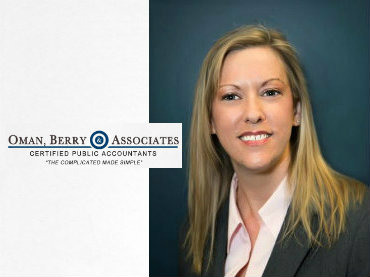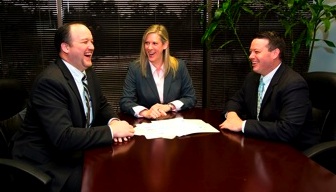- Sections :
- Crime & Public Safety
- Restaurants & Food
- Sports
- More
Setting a Profitability Timeline
THE WOODLANDS, Texas -- Understanding the complexities of small business finance can be challenging. Balancing the books while running your business each day often leaves something unfinished at the end of every day. One of the priorities for running and growing your small business is knowing exactly when you will be able to expect a profit, yes, expect a profit, not hope for a profit, or wish for a profit, but planning and expecting one on a timeline that makes sense. If you don’t have a budgeting timeline in place, stop whatever you’re doing and take heed at the steps below.
Profitability by Industry
According to a report by The Kaufman Foundation for Entrepreneurship, during the first year of operations 20 percent of new businesses showed no profit in 2008. While that may seem a bit bleak, think about the remaining 80 percent of businesses, the top 20 percent of which showed profits of $25,000 to $100,000+ in year one. Profitability also varies greatly from industry to industry. Gas stations and auto dealers fall lowest on the scale making just 1 to 2 percent net profit, while ironically, oil and gas extraction businesses clear 25 percent profits or greater. The average most businesses can expect falls between 11 and 12 percent in net profits annually. Understanding your industry's expected profit margins will enable you to better price your products or services in order to remain competitive.
Some Budgeting Basics
The small business accounting categories of fixed expenses and variable expenses play a big role in achieving respectable profit margins. Fixed expenses are all of the costs that do not change with your sales volume. These can include utilities, rent, loan repayments, and administrative costs such as salaries and technology costs. Alternately, variable expenses rise and fall with your sales volume. Items included in the variable category can include inventory, shipping/distribution, manufacturing (including manufacturing wages) and related customer service staffing (if you own an ice cream stand, you’ll need more staff in the hot months than in January).
For example, if you sell $10,000 in ice cream each month and you have $6,000 in monthly expenses, you may think you’re clearing $4,000 a month, but guess again. There are other overhead expenses that need to be taken into consideration such as the difference between a wholesale price and selling retail goods, and ingredients, manufacturing, and packaging costs versus retail pricing. To find your business’ breakeven point, you’ll need to gather all expenses and then see if your revenue (money coming in) equals all business costs. After you’ve reached breakeven, you can adjust your plan for expected profitability.
Profitability varies from business to business and industry to industry. If you’re running a small business with an especially in-demand product or service, you may be able to see profitability in six months or less. If your business needs to carry a large inventory or has substantial overhead costs for research and development, you may need years before breakeven and profitability occur. By planning, you will be able to conserve your cash flow and prepare for lean months. No business owner wants to be surprised when they cannot make next week’s payroll or quarterly tax payment.
Seasonal Businesses Beware
If you are starting or own a seasonal business like a landscaping company or an ice cream stand, then profitability is a whole different ball game. In the hectic summer season you’re working long hours and bringing in substantial cash. The winter months will find you running a deficit or just meeting breakeven. Additional planning will be needed to make sure that you are not only rolling your profits into a secondary savings account but planning for the lean months with anticipated workforce reductions and other cost saving measures.
Diversification of your seasonal business is one way to help insure a more consistent income stream. Alternatives to consider would be maintaining and balancing your ice cream stand with a winter or off-season business such as a snow plowing business, but you may find that what you plan for may not necessarily happen. Winters can be mild with very little snow and your investment in trucks, plows, and road salt can also create more deficit than profit if you’re not careful.
For assistance with all your bookkeeping needs and more information on setting a Profitability Timeline, contact Oman Berry and Associates, located in The Woodlands, TX, where numerous Certified Public Accountants and Bookkeepers are available to help you and your business succeeded.
Copyright Information 2012 Professional Association of Small Business Accountants











